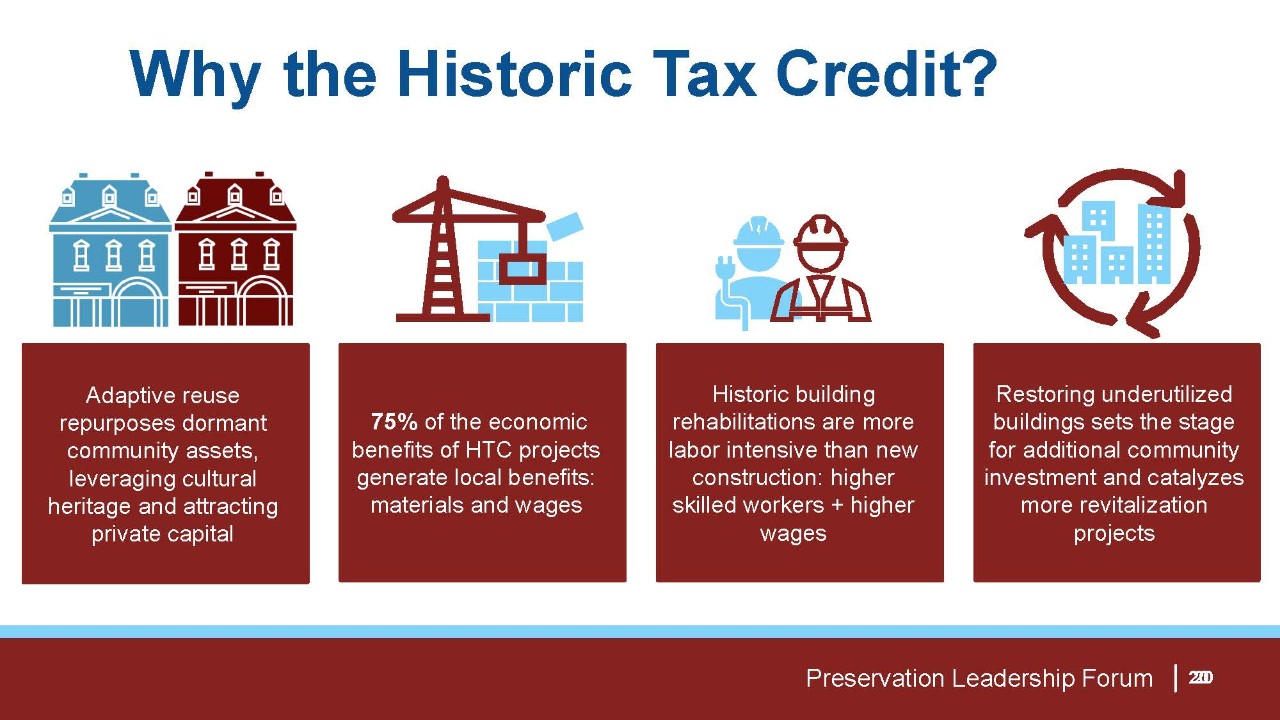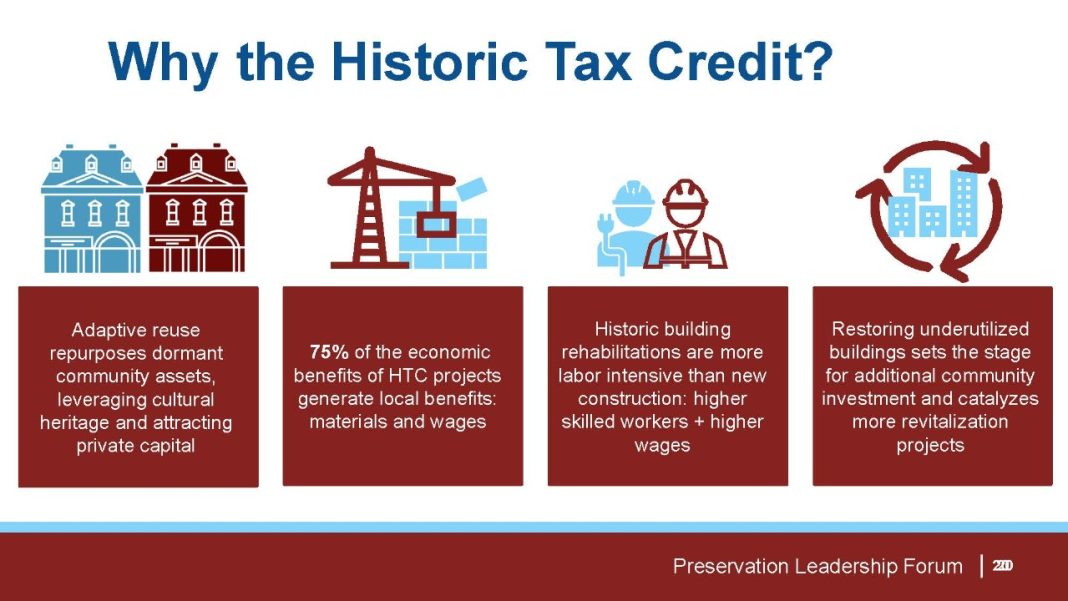 Title: Addressing Improper Payments: Challenges and Solutions for the IRS
Title: Addressing Improper Payments: Challenges and Solutions for the IRS
Introduction:
Improper payments pose a significant challenge for the U.S. Internal Revenue Service (IRS), particularly in relation to tax credit programs. An audit report conducted by the Treasury Inspector General for Tax Administration (TIGTA) reveals that the IRS has been unable to reduce improper payment rates for certain tax credit programs to less than 10 percent in fiscal 2023. This article delves into the findings of the report, explores the reasons behind the persistently high improper payment rates, and discusses potential solutions to address this issue.
The Scope of Improper Payments in Tax Credit Programs:
According to the TIGTA audit report, the IRS aimed to bring down the improper payment rate for four high-priority programs: the Additional Child Tax Credit (ACTC), American Opportunity Tax Credit (AOTC), Earned Income Tax Credit (EITC), and Net Premium Tax Credit (PTC). Unfortunately, the IRS was unsuccessful in reducing improper payment rates below 10 percent for each of these programs. Specifically, the EITC had an improper payment rate of 33 percent, followed by AOTC at 32 percent, Net PTC at 26 percent, and ACTC at 14 percent.
The Impact on Government Spending:
Improper payments in tax credit programs result in significant monetary losses for the government. Out of the $65.4 billion claimed for EITC, $21.9 billion were identified as improper payments. Similarly, improper payments amounted to $1.7 billion for AOTC, $1 billion for Net PTC, and $500 million for ACTC. This staggering amount of wasted funds highlights the urgent need for effective measures to reduce improper payments in these programs.
Challenges in Risk Assessment:
The TIGTA audit report highlights flaws in the Treasury’s risk assessment template, which failed to accurately reflect the level of improper payment risk for the IRS’ refundable credit programs. In some instances, programs that were initially deemed not susceptible to improper payment risk were later identified as vulnerable. This discrepancy suggests that the Treasury’s general view of risk may not adequately account for the unique nature of the refundable credit programs administered by the IRS.
IRS Initiatives to Tackle Improper Payments:
Despite the persistently high improper payment rates, the IRS has implemented several initiatives to address this issue. The agency has focused on conducting outreach among taxpayers and tax preparers to raise awareness and encourage eligible individuals to claim refundable credits. Additionally, the IRS plans to enhance enforcement activities targeting unscrupulous tax preparers. However, it is important to note that these initiatives may not yield immediate results due to the time required for taxpayers to file returns and for the IRS to examine those returns.
IRS Response and Legislative Efforts:
In response to the draft report, the IRS stated that improper payments on refundable credits are not the result of internal control weaknesses. The agency argued that the complex eligibility requirements and reliance on taxpayer self-certification of refundable tax credits make it challenging to fit within the improper payment framework. Nevertheless, lawmakers have taken action to address this issue. Sen. Mike Braun introduced the IRS Improper Payments Act, which aims to set annual targets for reducing improper tax payments and designates an official responsible for meeting reduction targets.
The Wider Problem of Improper Payments:
Improper payments are not unique to the IRS; numerous federal agencies face similar challenges. According to a report by the U.S. Government Accountability Office (GAO), the administration made $236 billion in improper payments across 71 programs in fiscal year 2023. Medicare and Medicaid accounted for the highest payment error amounts, followed by the Federal Pandemic Unemployment Assistance, EITC, and Paycheck Protection Program Loan Forgiveness. These figures emphasize the need for comprehensive efforts to address the issue of improper payments across various government programs.
Improving Social Security Administration’s Approach:
The Social Security Administration (SSA) has also grappled with improper payments. To alleviate the burden on beneficiaries repaying overpayments, the SSA introduced a new measure that collects only 10 percent (or $10, whichever is greater) of the total monthly Social Security benefit to recover overpayments. This move demonstrates the agency’s commitment to finding a balanced approach that does not unduly burden beneficiaries while ensuring the recovery of overpaid amounts.
Conclusion:
Addressing improper payments in tax credit programs remains a significant challenge for the IRS. The TIGTA audit report sheds light on the persistently high improper payment rates and highlights flaws in risk assessment. The IRS has implemented various initiatives to combat this issue, but further measures are needed. Legislative efforts, such as the IRS Improper Payments Act, aim to set reduction targets and enhance accountability. Additionally, recognizing that improper payments extend beyond the IRS, comprehensive solutions are required to mitigate financial losses across a range of government programs. By prioritizing risk assessment accuracy, implementing effective outreach strategies, and strengthening enforcement activities, the IRS can take significant strides towards reducing improper payments and safeguarding taxpayer funds.


